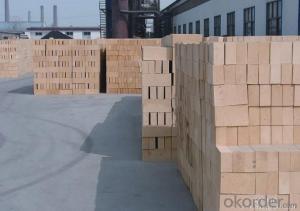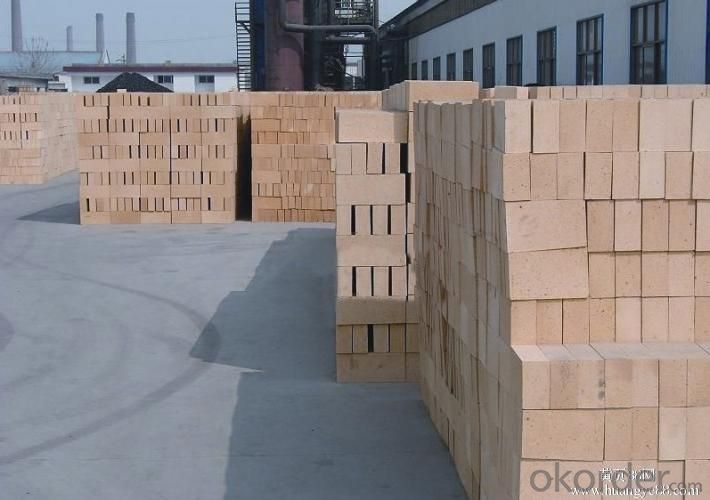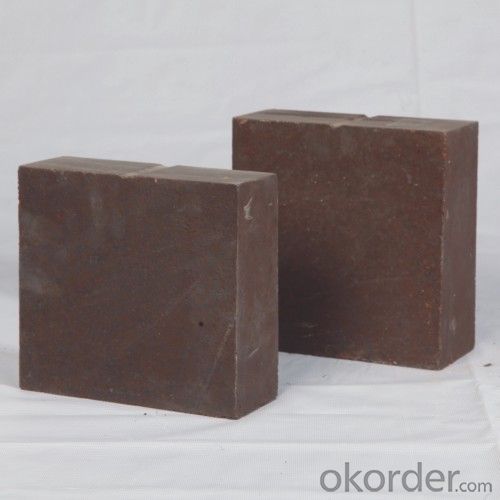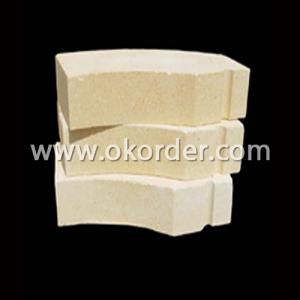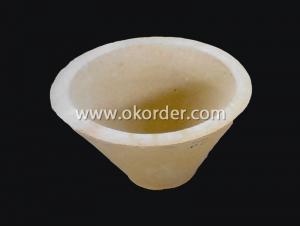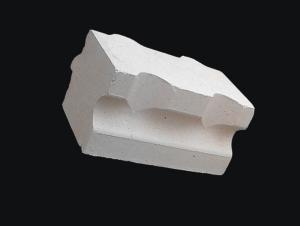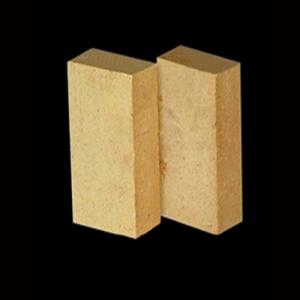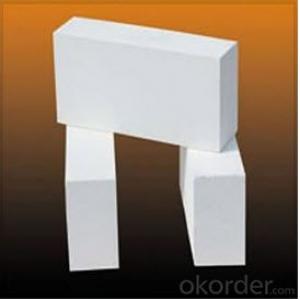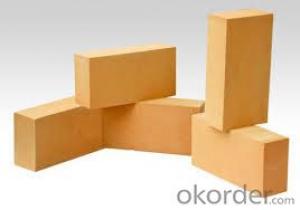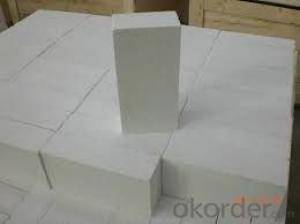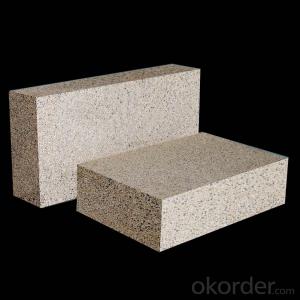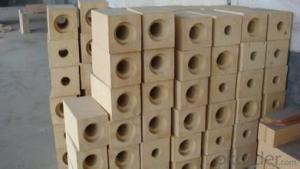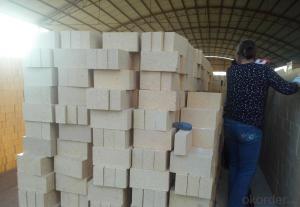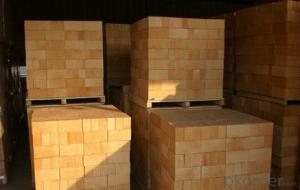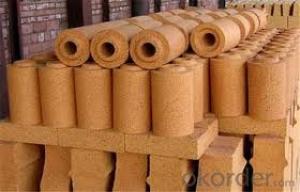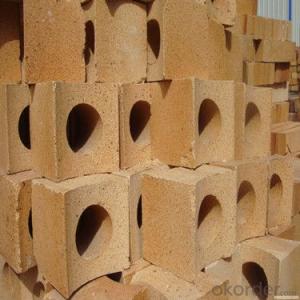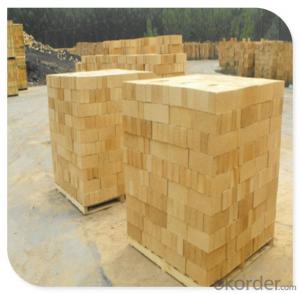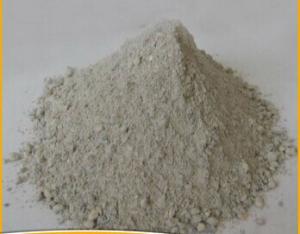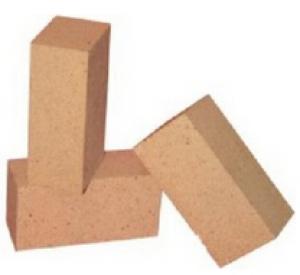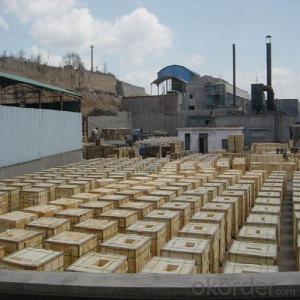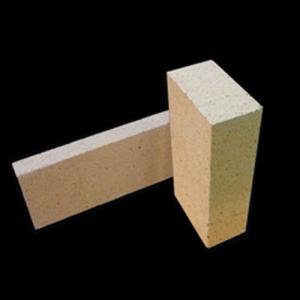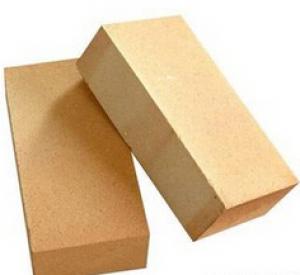High Alumina Brick - Bauxite Refractory Brick
- Loading Port:
- China main port
- Payment Terms:
- TT OR LC
- Min Order Qty:
- 2000 pc
- Supply Capability:
- 8000000 pc/month
OKorder Service Pledge
OKorder Financial Service
You Might Also Like
Quick Details
| Place of Origin: | Shandong, China (Mainland) | Shape: | Brick | Material: | Bauxite,alumina,corundum |
| Al2O3 Content (%): | 48-85 | Refractoriness (Degree): | 1770°< Refractoriness< 2000° | Model Number: | 230*114*65mm |
| Brand Name: | CNBM |
Packaging & Delivery
| Packaging Details: | On wooden pallets with plastic films cover |
High alumina brick,bauxite brick,bauxite refractory brick
Characteristics:
1. High refractoriness.
2. Good spalling resistance and wear resistance.
3. Good corrosion resistance.
4. Good thermal shock resistance.
5. High mechanical strength.
6. High-temperature creep rate is low.
Physical and chemical index:
Item/Grade | Index | ||||||
ZYC-48 | ZYC -55 | ZYC -65 | ZYC -75 | ZYC -80 | ZYC -85 | ||
AL2O3 % (≥) | 48 | 55 | 65 | 75 | 80 | 85 | |
Refractoriness °C (≥) | 1760 | 1770 | 1790 | 1790 | 1820 | 1850 | |
Refractoriness under load, 0.2MPa, °C (≥) | 1420 | 1450 | 1500 | 1550 | 1580 | 1600 | |
Permanent linear Change % | 1500°C ,2h | 0.1-0.4 | |||||
1450°C ,2h | 0.1-0.4 | ||||||
Apparent porosity % (≤) | 22 | 22 | 23 | 23 | 22 | 23 | |
Cold crushing strength Mpa (≥) | 40 | 45 | 50 | 55 | 60 | 70 | |
Application:
High alumina brick is widely used for Widely used in blast furnaces, Hot Blast Stove,Steel ladle lining, Reheating furnace, Cement kiln,Tunnel kiln,boiler, coke oven, carbon furnace,glass kiln , Steel smelting furnace and various kiln lining and thermotechnical equipment, etc.
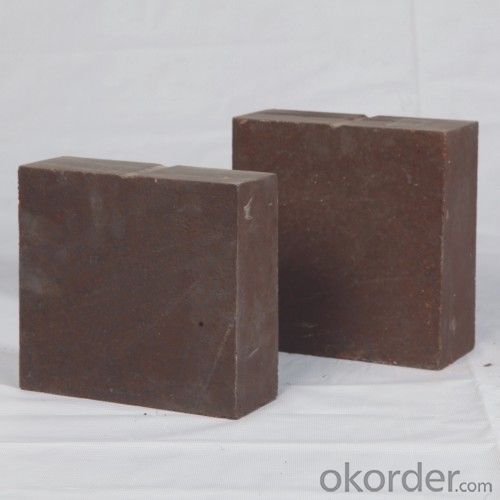
- Q: What are the reasons for the spalling of refractory bricks in the production of lime kiln?
- Therefore, the choice and masonry of refractory bricks are of vital importance. If there is a brick kiln kiln off block process of reproduction, is now because of the use of refractory brick kiln material mostly three grade high alumina bricks. The content of AL2O3 is about 55%, of which the content of Fe2O3 is about 2%, which is weak, and the alkali corrosion resistance is a little worse. In a containing three grade high alumina bricks in the composition of AL2O3, Si2O3, and other elements also contain K, Na trace, were the most, thus causing the system of the low melting point is very low, even at 1400 DEG C has been liquid phase, and generate CaAL12O19 limestone and calcium feldspar etc.. Form corrosion loss. Therefore, a long time will cause the loss of block. On the one hand, it may be caused by construction.
- Q: What are the grades of high alumina bricks?
- High alumina brick according to the aluminum content is generally divided into: super high alumina brick, a high aluminum brick, two high alumina brick, three high alumina brick
- Q: What refractory material does cupola lining use?
- It's made of high quality refractory material: 1770 ~ 2000 centigrade.
- Q: What are the common thermal insulation materials for thermal conductivity?
- The single organic insulation material should be the best polyurethane in the field. In accordance with the production process can be divided into on-site foam polyurethane and factory prefabricated rigid foam polyurethane board. The scene is polyurethane foam isocyanate and polyol to cool (polyether or polyester) two components as the main raw materials with additives, the on-site spraying construction with thermal insulation and waterproof function of the rigid foam material.
- Q: How to make refractory bricks and boiler wall adhesion more firm?
- If the condition, the user heat-resistant steel welding grip nails, expansion joints can not be too big.. Also to use high temperature aluminum brick, high temperature resistance, but also to extend its use cycle.
- Q: What are the alloy wear resistance materials?
- According to the composition of Beijing Naimo metal materials company will wear resistant metal materials is divided into the following five categories: one: high manganese steel series: high manganese steel (ZGMn13),
- Q: Which is better, the soft core or the hard core?
- The wire has two kinds of hard core and soft core, the hard core line is only one wire core, and the soft core line has a plurality of wire cores. For the same sectional area, the 7 core is more than the more than 30 core. There is a difference in use. Generally used for DC is the use of hard core line, because of its small line consumption; and for communication, we should use soft core line, but also in order to reduce its line consumption
- Q: What's the weight of the refractory bricks?
- According to shape and size can be divided into standard brick, ordinary brick, special brick, etc.. It can be used as high temperature building materials and structural materials for construction kilns and various thermal equipments, and can undergo various physical, chemical and mechanical changes at high temperature. For example, refractory clay brick, high alumina brick, brick, brick etc..
- Q: What is the high temperature limit of refractory bricks and refractory soil?
- Refractory bricks are stone powder and clay paste. They are fired in a kiln of 1300 degrees. The upper limit is 1500 degrees above normal pressureRefractory bricks - refractory materials of a specified shape and size.
- Q: How can the refractory brick blast furnace be pulverized and pulverized enough not to be taken away by the wind?
- The gas will directly lead the dome combustion, in order to ensure good mixing, complete combustion of gas and air in a short time, the combustion capacity of short flame or flameless combustion burner, commonly used for semi jet short flame burner.
Send your message to us
High Alumina Brick - Bauxite Refractory Brick
- Loading Port:
- China main port
- Payment Terms:
- TT OR LC
- Min Order Qty:
- 2000 pc
- Supply Capability:
- 8000000 pc/month
OKorder Service Pledge
OKorder Financial Service
Similar products
Hot products
Hot Searches
Related keywords
